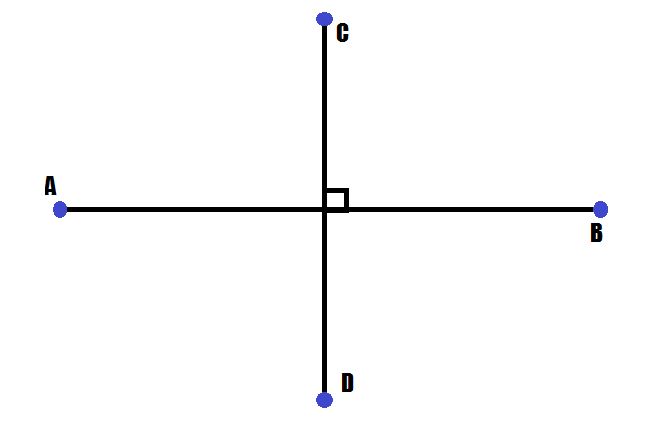When two specific lines intersect at 90°, they are known as perpendicular lines. In other words, two lines are perpendicular to each other when a right angle is formed at their point of connection.
A right-angle symbol shows the perpendicular lines in this right-angled triangle
In geometric shapes, the right angle symbol denotes perpendicular or orthogonal lines as shown:
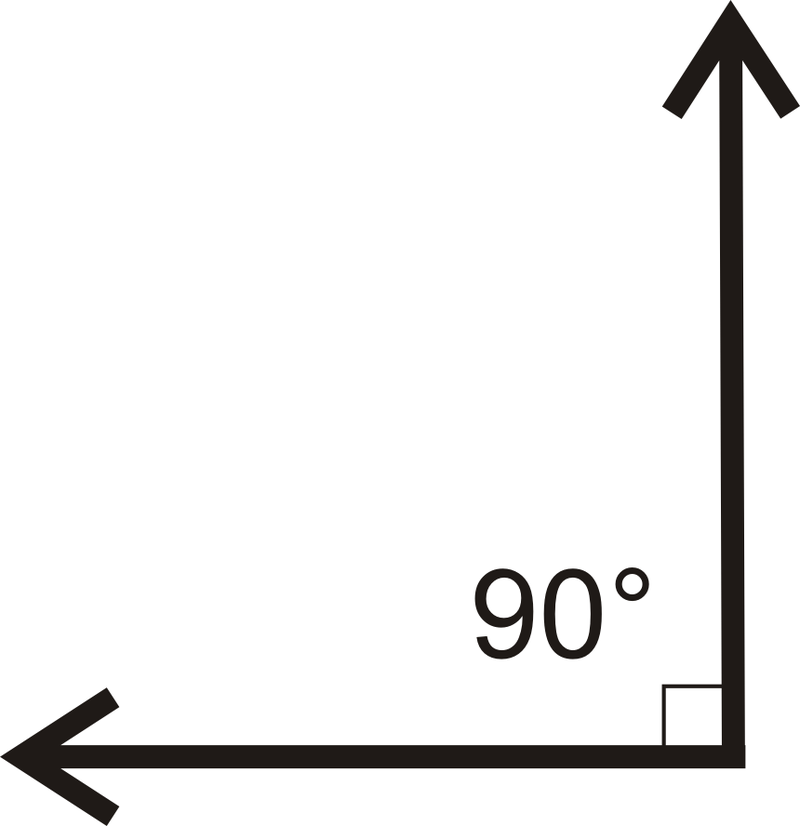
Perpendicular lines are easy to spot all around us. Let’s take a look at some examples of perpendicular lines in real life:
1. The arms of an analog clock at 3 o’clock and 9 o’clock
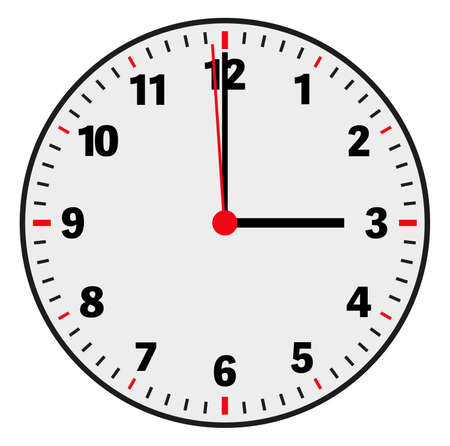
The hour hand and minute hand of analog clocks can be perpendicular to each other at various points in time throughout the day. But the most notable points are at three o’clock and nine o’clock.
A clear 90° angle is formed when the minute hand is at 12 and the hour hand is either at 3 or 9.
In this illustration, we have not considered the second hand which is the longest arm of analog clocks with three hands.
However, the second hand can form right angles with the other analog clock hands at different points.
2. A Football or Soccer Field
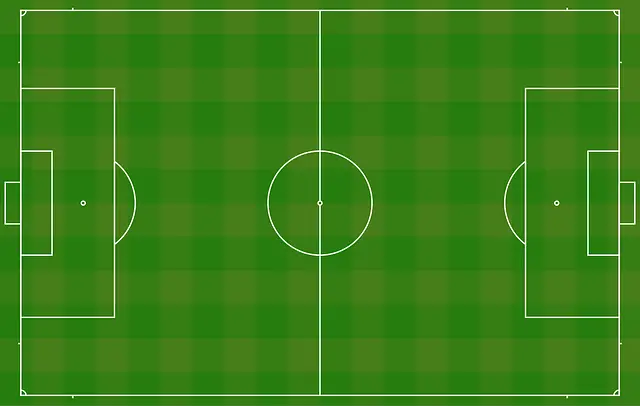
You don’t have to be a soccer fan to notice the shape of the standard playing field.
Soccer fields are rectangular. The longest side is the touchline while the shortest side is known as the goal line.
The touchlines are perpendicular to the goal lines. Additionally, the halfway line which divides the field into two halves is perpendicular to the touchlines.
3. Floor and Walls in a Room

Most rooms have walls that are perpendicular to the floor.
Though there are large commercial buildings that have sloping walls, many smaller buildings are constructed with orthogonal floors and walls.
4. The Edges of Your Television

When it comes to digital displays, a rectangular shape is more convenient because it allows data to be mapped efficiently onto the screen. This explains why most modern television sets are rectangular.
The edges of many TVs form right angles at their points of connection. Therefore, the longer edges are perpendicular to the shorter edges.
5. Rectangular and Square Window Panes
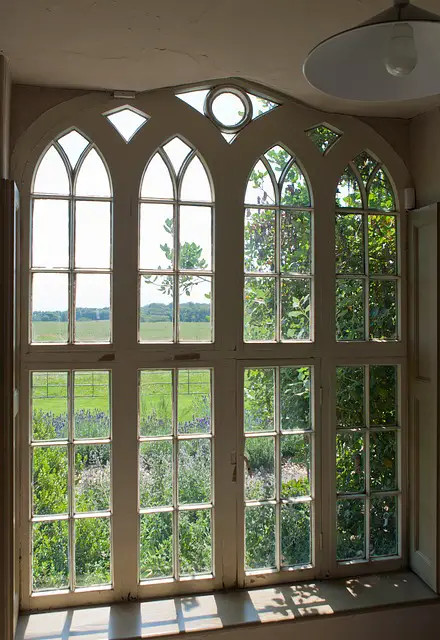
Most windows have a rectangular or square shape because these shapes simplify the window manufacturing process.
It is easier to cut and join glass in rectangular shapes. Therefore, you are likely to see orthogonal lines in most of the windows around you.
6. Square Floor Tiles
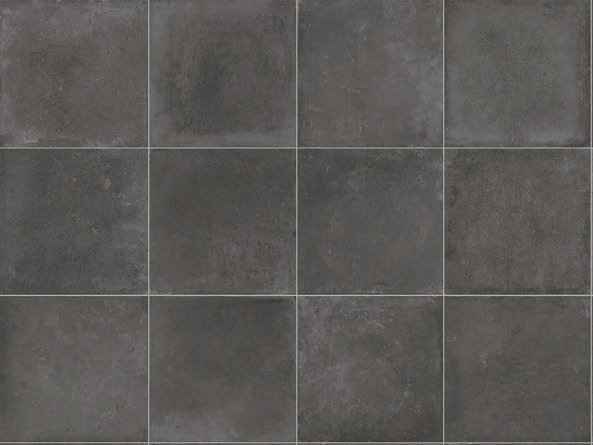
Floor tiles that are square or rectangular are easier to cut and lay along straight walls.
Rectangular and square tiles provide a clear visual of perpendicular lines. These tiles can fill a floor space without leaving gaps.
Plus, you can install the tiles any way you want unlike if you were laying pentagon-shaped tiles.
7. Doors
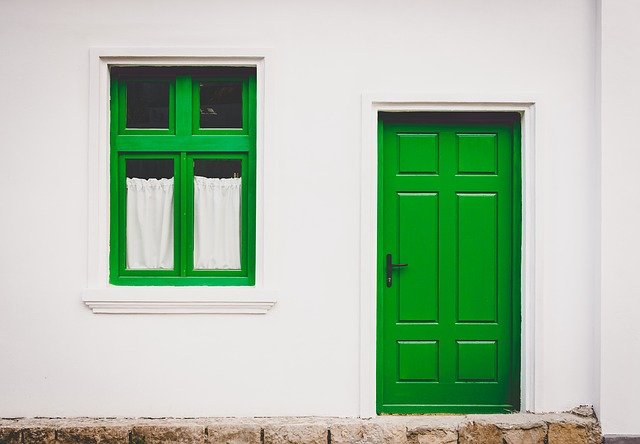
One quick way to spot orthogonal lines is to check the doors around you.
Many doors and door frames are rectangular to march the right angles formed by walls and floors.
At the very least, an upright door will form a right angle with the ground or floor beneath it.
8. Bookshelves

If you frequent the library, you must have noticed the bookshelves’ design.
Traditional bookshelves consist of rectangular or square spaces and drawers.
Rectangular-shaped spaces enhance neatness because they match the rectangular shapes of books.
9. Railway Tracks

The proper geometric design of a railway track is important because it affects the speed, safety, and smooth running of trains.
The horizontal bars, also known as concrete sleepers, intersect at right angles with the vertical planes of the metallic rails. This enhances the stability of train movement.
10.The Red Cross Emblem
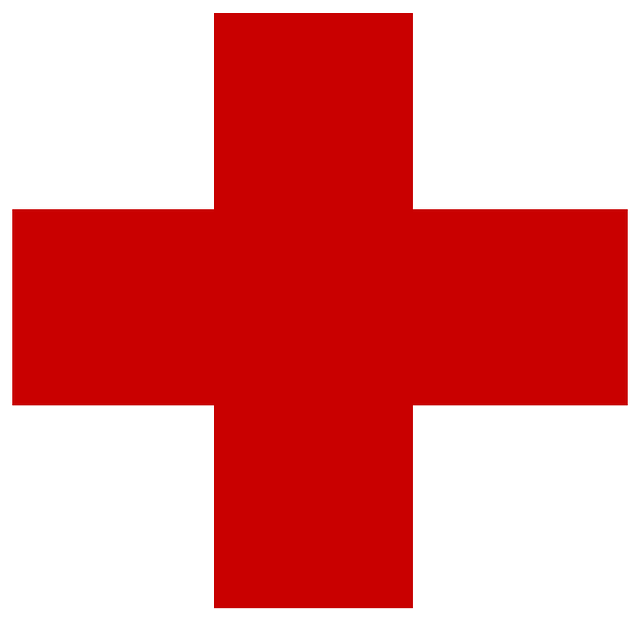
We are all familiar with the humanitarian work of the Red Cross organization.
Its symbol, which is an inversion of the Swiss flag, is a red cross on a white background.
You can spot perpendicular lines on the red cross of the emblem.
11. A Crisp Dollar Bill
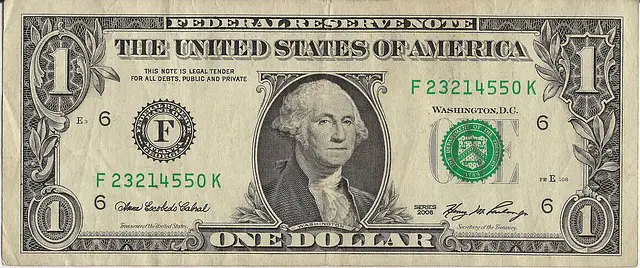
Banknotes are rectangular for several reasons. Their shape makes it easy to print and box for transportation.
Plus, a rectangular bill easily fits in a reader machine. The shape also provides enough space for the content required on a banknote.
If you check a crisp dollar bill, you’ll notice that its long and short edges are perpendicular to each other.
12. A Postcard

Postcards are cards with illustrated images and space for written messages and postage.
For a mail piece to be considered a postcard, it must be rectangular and have neatly finished corners.
Any message written on a postcard can be read by anyone as it transits from a sender to the receiver.
Still, they are a great way to send greetings to loved ones, especially from a scenic vacation spot.
Postcards can also be sent out by companies and campaigns. The opposite edges of a postcard form perpendicular lines.
Conclusion
There you have it; cool examples of perpendicular lines in real life.
As you can see, you cannot fail to spot perpendicular lines in many of the items around you.
For simplicity, many items are designed with straight lines that often form right angles.
Whenever you spot a right angle, check the perpendicular lines or planes that converge at that point.
Remember that perpendicular lines always intersect but not all intersecting lines are perpendicular.

